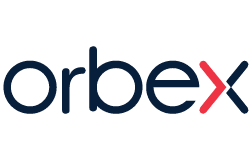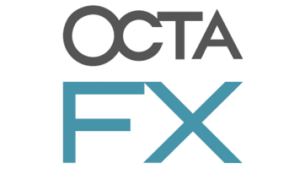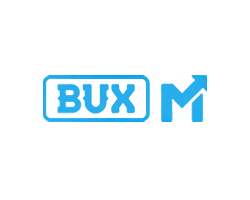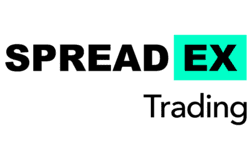Forex Trading for Beginners
| Position | Company Logo | Information | Bonuses | Min. Dep | Regulation | Open an account |
|---|---|---|---|---|---|---|
 |
|
|
Minimum Deposit: $20 |  |
||
 |
|
|
Minimum Deposit: $250 |  |
||
 |
|
|
Minimum Deposit: $250 |  |
||
|
4
|
|
|
Minimum Deposit: $250 |  |
||
|
5
|
|
|
Minimum Deposit: $100 |  |
||
|
6
|
|
No deposit bonus | Minimum Deposit: $5 |  |
||
|
7
|
 |
|
No deposit bonus | Minimum Deposit: $10 |  |
|
|
8
|
|
|
Minimum Deposit: $250 |  |
||
|
9
|
|
No deposit bonus | Minimum Deposit: $250 |  |
||
|
10
|
|
|
No deposit bonus | Minimum Deposit: $100 |  |
|
|
11
|
|
No deposit bonus | Minimum Deposit: $10 |  |
||
|
12
|
|
|
No deposit bonus | Minimum Deposit: $25 |  |
|
|
13
|
|
|
No deposit bonus | Minimum Deposit: $100 |  |
|
|
14
|
|
No deposit bonus | Minimum Deposit: $10 |  |
||
|
15
|
|
|
No deposit bonus | Minimum Deposit: $10 |  |
|
|
16
|
|
|
No deposit bonus | Minimum Deposit: $2 |  |
|
|
17
|
|
|
No deposit bonus | Minimum Deposit: $500 |  |
Forex trading can be an accessible and profitable venture for beginners if you take the time to understand how it works. As a beginner, there are some key things you need to know before you start trading forex. This guide will explain everything in simple terms to fully prepare you to become a successful forex trader.
How Forex Trading Works
The forex (foreign exchange) market is where currencies are traded. It’s also known as the currency market or FX market. This is where one currency is exchanged for another. For instance, you can trade the US dollar for the euro. The exchange rates between currencies are constantly fluctuating based on supply and demand.
As a trader, you speculate on these exchange rate movements. You predict if a currency will rise or fall against another currency. Based on your prediction, you buy or sell a currency pair. If the market moves in your favor, you make a profit. If it moves against you, you incur a loss.
For example, if you think the euro will increase in value against the US dollar, you would buy euros and sell dollars. If the exchange rate rises, you make a profit. If it falls, you lose money.
Using Forex Markets
There are two main reasons for buying and selling currencies on the forex market. The first reason is speculation, which is trying to profit from fluctuations in the exchange rate. This is what most individual traders do. Furthermore, the second use of forex is for hedging, which is the act of reducing exposure to currency risk. Multinational companies and the government use the markets for hedging.
As a beginner, it’s also important to know who you are dealing with in this business. There are three broad categories of forex market participants:
- Traders: They speculate on price movements for profit. This includes retail traders like you and institutional traders like commercial banks and other corporate financial institutions.
- Commercial Companies: They use forex markets to hedge currency risk in their operations. For example, an American company buying from a French supplier would exchange dollars for euros.
- Central Banks: These government banks also participate in forex markets to influence exchange rates and manage currency reserves.
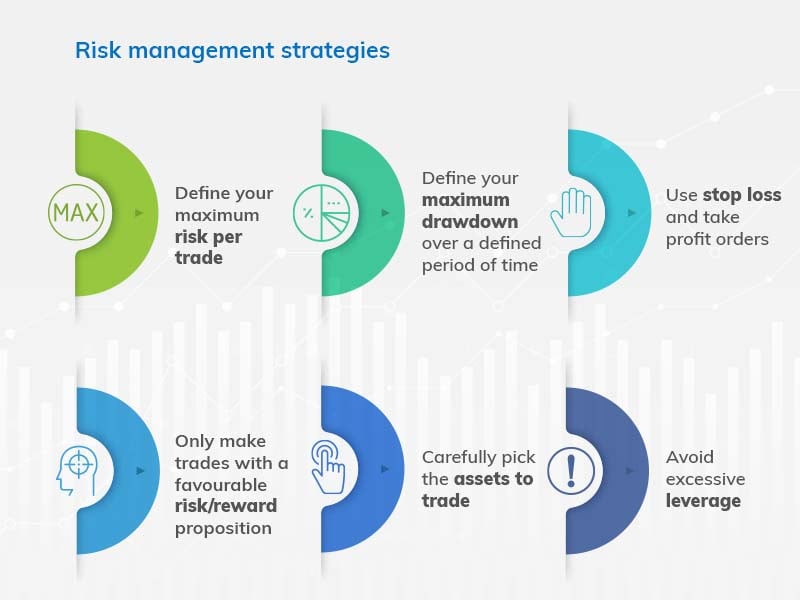
Types of Forex Markets
The forex market is comprised of several components that allow for the trading of currencies. The three main segments are the spot market, the forward market, and the futures market.
- Spot Market: The spot market is where currencies are traded at the current market price for immediate delivery. It’s a direct exchange between two parties. Retail traders buy and sell currencies on the spot market, speculating on price movements. You can open and close trades freely based on your analysis.
- Forward Market: The forward market consists of customized currency contracts between two parties to buy or sell at a set price in the future. Institutions like banks frequently use it to hedge currency risk. For example, a company could lock in an exchange rate 3 months out using a forward contract.
- Futures Market: The futures market involves trading standardized currency contracts on exchanges. Traders speculate on price movements before contract expiration. Unlike forwards, futures are not customized contracts between two parties. They offer more liquidity for traders.
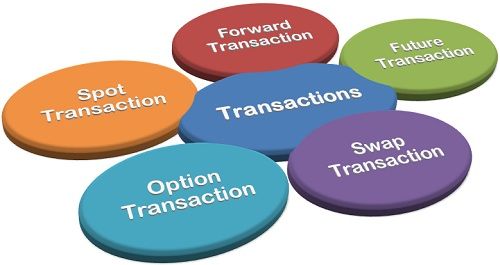
Overall, the spot market is the easiest and most accessible for new retail forex traders to start trading currencies. The forward and futures markets serve more specialized purposes for larger financial institutions.
How to Start Trading Forex
Follow these steps to start trading as a beginner:
Choose a forex broker
A regulated forex broker gives you access to the currency markets. Here are some key factors to consider when choosing a broker:
- Regulation: Select a broker authorized in your region, like the NFA or CySEC. This provides oversight and security for your money.
- Trading Platforms: Many brokers offer platforms like MT4. Check reviews for usability, features, and reliability.
- Spreads and commissions: Compare broker fees on transactions that impact your profitability.
- Account Types: Choose an account that aligns with your capital, trade sizes, and risk appetite.
- Customer Service: You need reliable support in case any issues arise. Check response times and support options.
At the end, selecting the right broker for your needs is essential to succeeding as a beginner forex trader.
Open a trading account
Opening a live trading account involves a few steps:
- Provide personal identification: You need to verify your identity with documents like passports.
- Proof of address: Confirm where you live with a utility bill or bank statement.
- Fund your account: Deposit money via bank transfer or credit card to start trading.
- Accept legal agreements: You agree to the broker’s terms of service.
Many brokers also offer demo accounts. This allows you to practice risk-free before depositing real money. It’s recommended to demo trade for several months to build experience.
Analyze the markets
Technical analysis involves analyzing forex pairs charts to spot trading opportunities. It allows you to supplement your fundamental analysis with indications from the charts.
Charts Used in Forex Trading
Charts are vital for performing technical analysis. The three most common forex chart types are:
- Line charts: Only plots the closing prices joined by straight lines. Simple to read but lacks detail.
- Bar charts: Uses vertical lines to show the high, low, open, and close. It gives more information than a line chart.
- Candlestick charts: The most visually informative option. Candlesticks clearly show the price range and movement.
Candlesticks are the preferred chart type for most traders. The wicks and bodies provide a vivid depiction of price action.
Here are some additional key technical tools beginners need to succeed in forex trading:
- Chart patterns: Formations like heads and shoulders that indicate potential trend reversals. Help with entry and exit points.
- Trend lines: Drawn to show the prevailing trend direction. Trading with the trend often leads to success.
- Support/Resistance: Floor and ceiling levels where downtrends and uptrends often reverse. Can indicate trading opportunities.
- Indicators: Oscillators like RSI help assess momentum and overbought/oversold conditions. Identify favorable trade setups.
Learning technical analysis allows you to analyze price charts effectively to improve your forex trading skills.
Execute trades
Once you’ve analyzed the markets using technical and/or fundamental analysis, it’s time to execute trades based on your system. Here is the process for executing trades:
- Identify market conditions: Use your trading plan and analysis to determine if conditions align with your strategy.
- Choose entry point: Pick an advantageous price to enter the trade based on technical factors like support levels or moving average crossovers.
- Place order: Put in a buy or sell market order or pending order at your intended entry price.
- Set stop loss and take profit: Add stop loss to control potential loss and take profit to lock in gains.
- Monitor the trade: Track the market’s movements after entering your position. Ensure your reason for taking the trade still holds true.
- Exit the trade: Close your position when the price reaches your take-profit or stop loss levels. You can also manually exit at any point.
Forex Terminology
Here are some key forex terminologies every beginner forex trader should know:
- Pip: The smallest price increment in a currency pair.
- Spread: The difference between the bid and ask prices.
- Leverage: Trading with borrowed capital from your broker.
- Margin: The amount required to open and maintain a position.
- Base currency: The first currency in a pair that serves as the price reference.
- Quote currency: The second currency that indicates the price per unit of the base.
- Order types: Market, limit, stop loss – different trade execution options.
Basic Forex Trading Strategies
There are various trading methodologies you can use. Here are three common beginner’s strategies:
1. Day Trading
This involves making multiple trades throughout the day and closing all positions by the end of the session. You aim to profit from small price movements over short timeframes.
2. Breakout Trading
You identify support and resistance levels and buy when the price breaks above resistance or sell when it breaks below support. The goal is to establish established trends early on.
3. Trend Following
You go long on an uptrend by buying dips or you go short on a downtrend by selling rallies. This follows the basic market principle of “the trend is your friend.”
Pros and Cons of Forex trading
Finally, before you start trading its important to know the upsides and downsides of this venture. Go through this table to get on overview of forex trading pros and cons:
| Pros of Forex Trading | Cons of Forex Trading |
| Access to large, liquid markets | High risk if proper risk management not applied |
| Ability to profit in rising and falling markets | Volatile markets can lead to rapid losses |
| Leverage allows you to increase buying power | Requires constant analysis of the markets |
| Low barriers to entry for beginners | It’s competitive and difficult to profit consistently |
| Ability to automate trading strategies | Unregulated brokers bring risks for traders |
Conclusion
Forex trading provides exciting opportunities for beginners to profit from the world’s largest financial market. However, the risks are substantial if you do not educate yourself and employ responsible trading practices. Take time to develop your skills, learn risk management, and gain experience through demo trading. With discipline and perseverance, forex trading can be a viable venture even for those starting out.
FAQs
How much money do I need to start forex trading?
Most brokers allow you to open an account with a minimum deposit of $100-$500. However, it’s recommended to start with at least $1,000 to properly manage risk.
What is the best time to trade forex?
The forex market is open 24 hours during weekdays. The peak trading hours when volume and volatility are highest are from 8 AM to 12 PM EST when both Asian and European markets are open.
What is the most traded currency pair?
The most actively traded forex pair is EUR/USD (euro/US dollar). Being currencies from two dominant economies, it sees extremely high liquidity and trading volume.
What is a lot in forex trading?
A lot is the standardized contract size of a forex trade. For major currency pairs like EUR/USD, one lot equals 100,000 units of the base currency. For minor pairs, a lot is usually 10,000 units.
What is a pip worth in forex?
The value of a pip varies based on lot size and currency pair. For a standard lot of EUR/USD, each pip movement is worth $10. For a micro lot of EUR/USD, each pip is worth $0.10.








